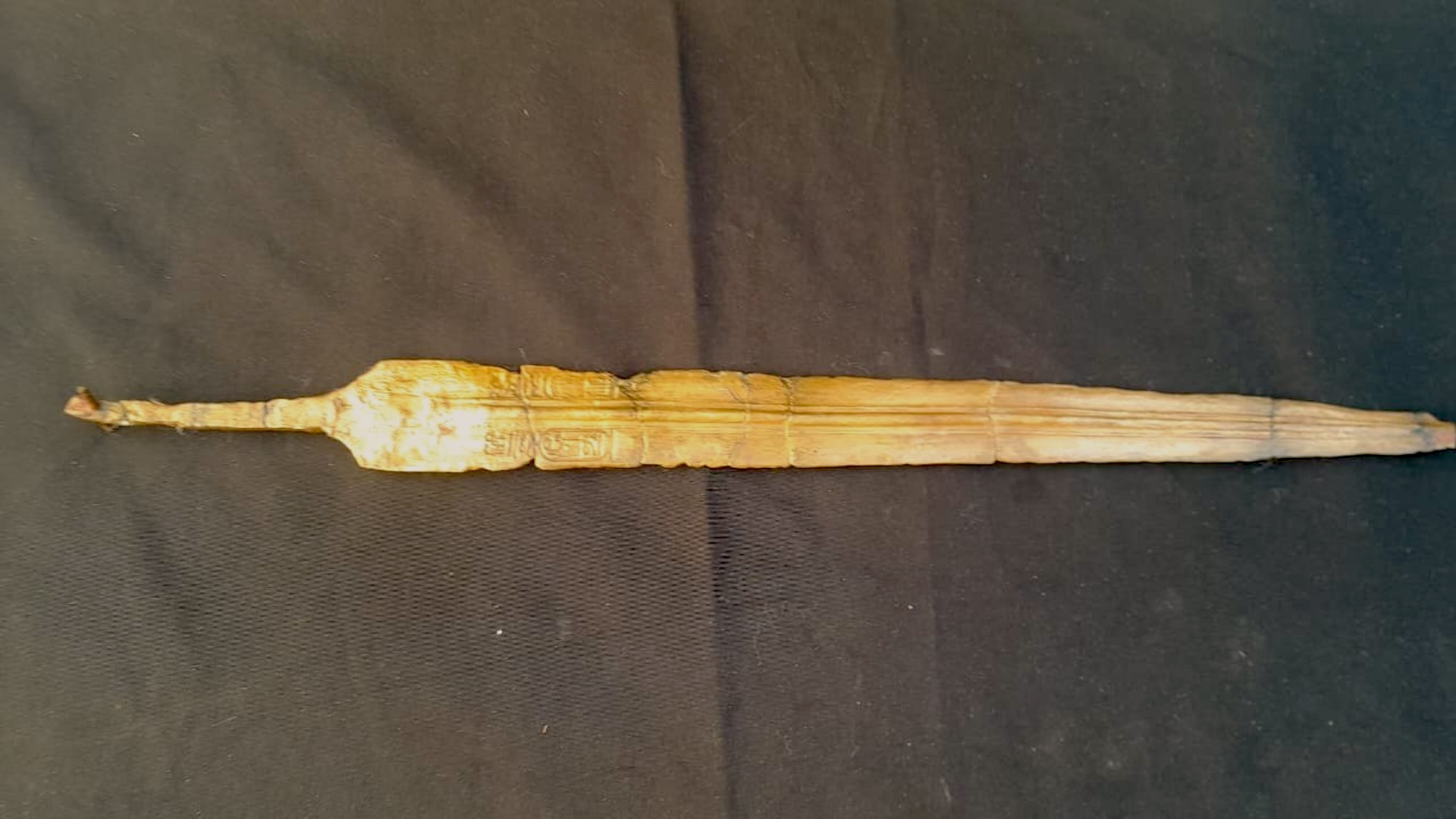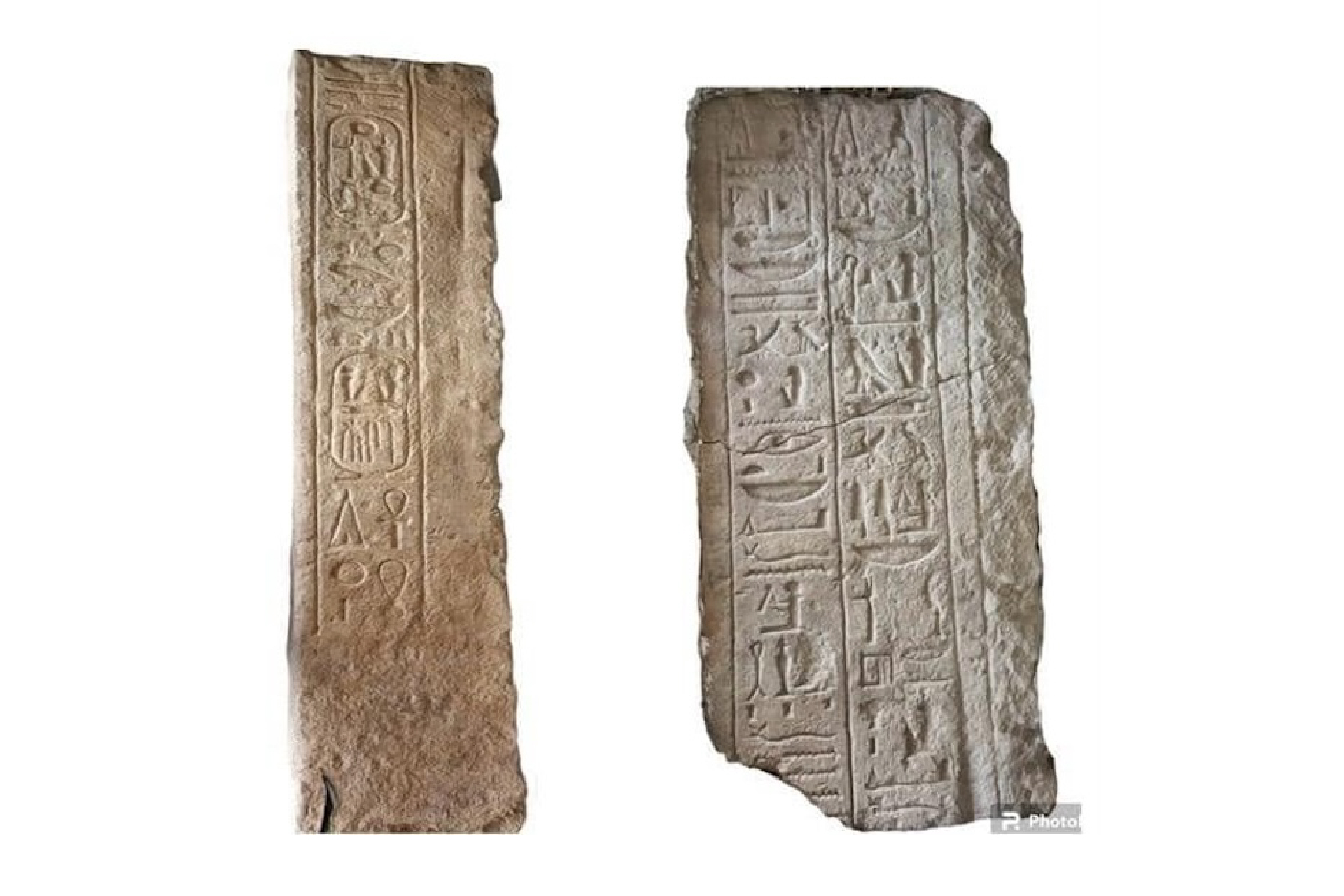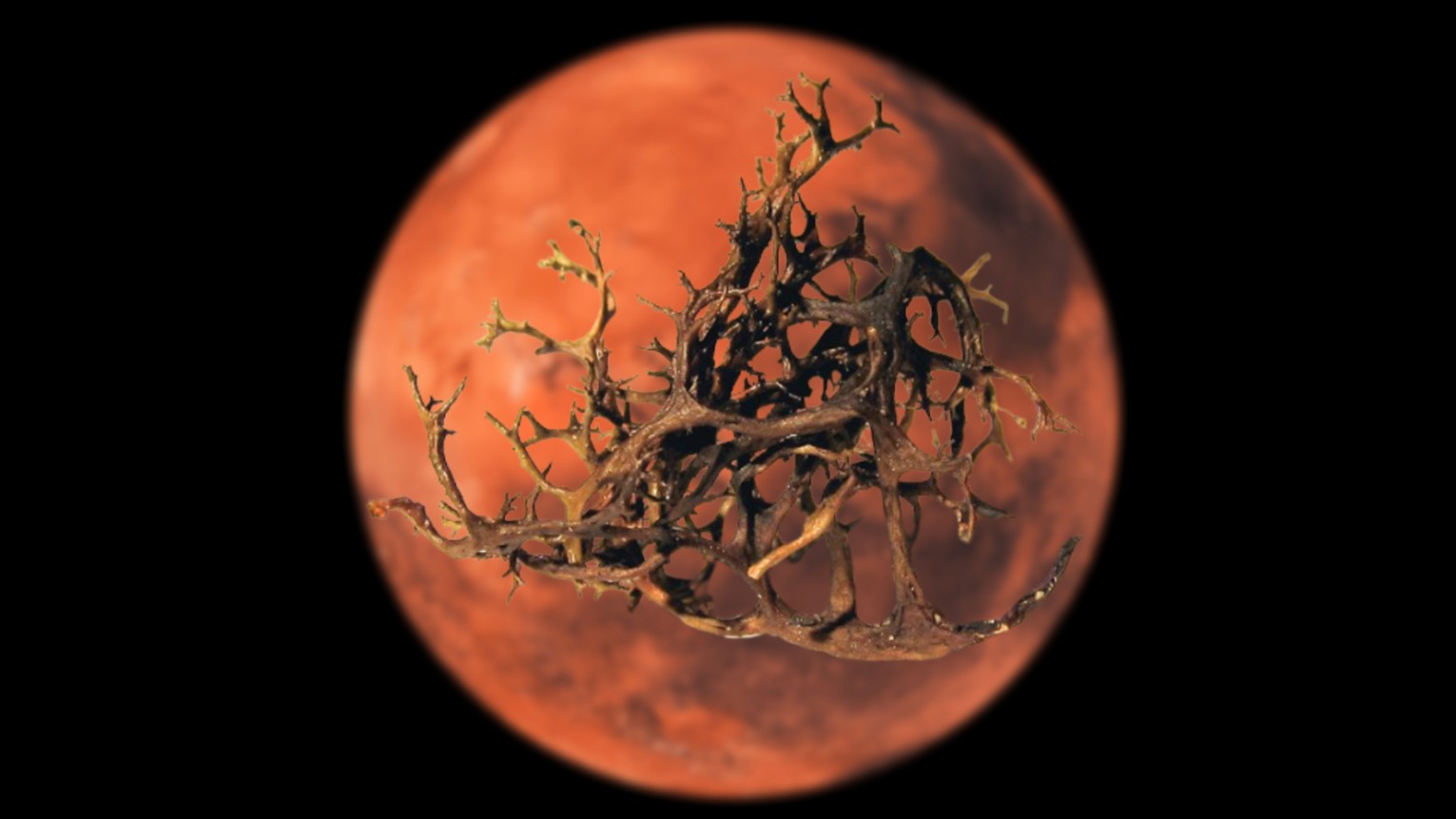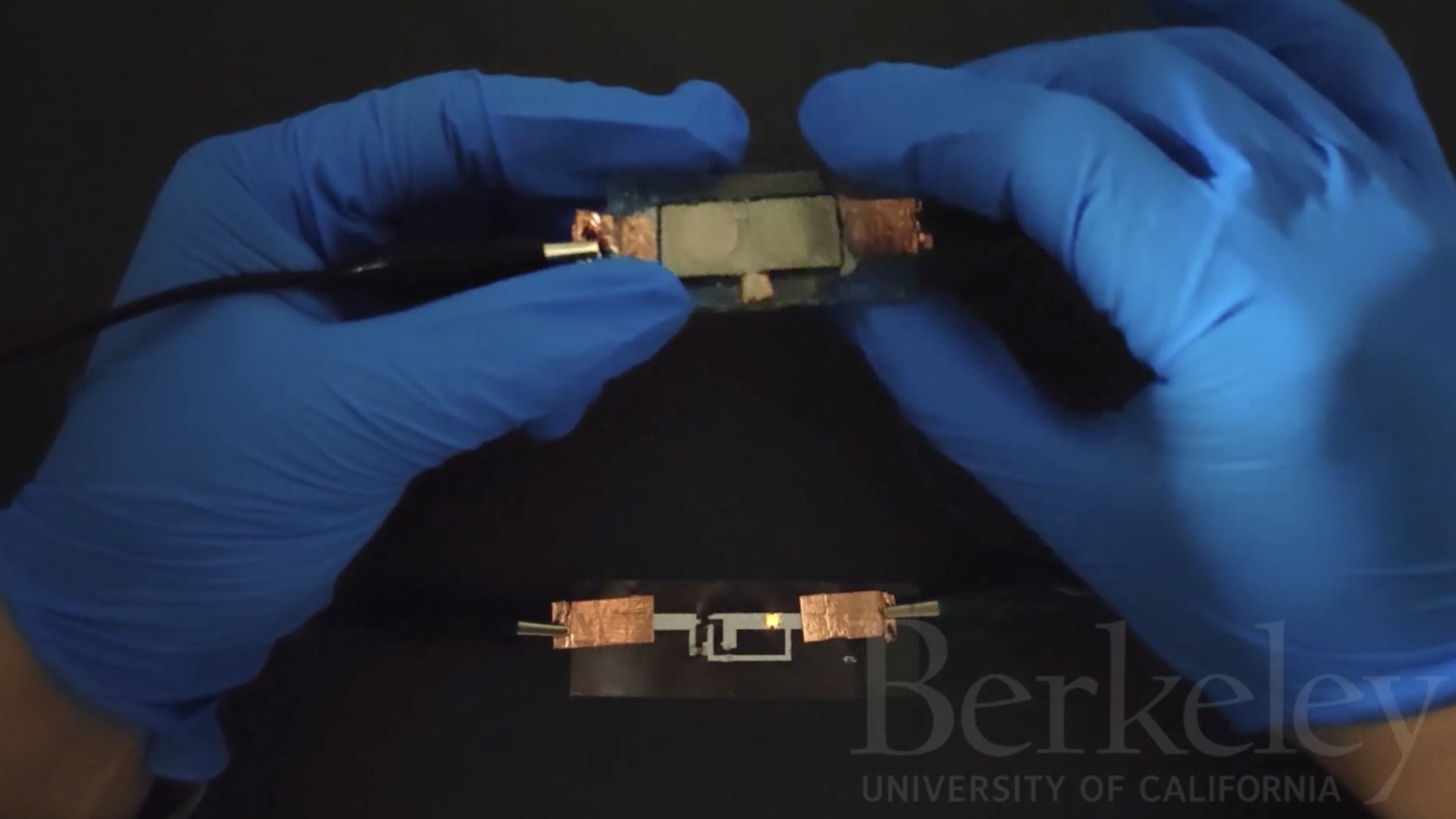3,200-year-old ancient Egyptian barracks contains sword inscribed with 'Ramesses II'
The newfound barracks may have been built partly because the Libyans were becoming a growing threat to ancient Egypt.

Archaeologists in Egypt have unearthed the 3,200-year-old remains of a military barracks containing a wealth of artifacts, including a sword with hieroglyphs depicting the name of Ramesses II.
The structure contains a series of storerooms used to hold grain and ovens for baking. The team also found the remains of pottery containing the bones of animals, including fish. Multiple cow burials were also unearthed at the site, Ahmed El Kharadly, an archaeologist with the Egyptian Ministry of Tourism and Antiquities who led excavations at the site, told Live Science in an email.
Cows in ancient Egypt symbolized "strength, abundance, and prosperity, as cows were revered as celestial deities," the Egyptian Ministry of Tourism and Antiquities said in a translated statement. However, El Kharadly thinks that, in this case, the cows would have been used for eating. He noted that cow bones were found in a silo area near an oven, "which confirms that they were probably divided into parts and then stored in Silos after drying," El Kharadly said.
In addition, the archaeologists discovered the remains of weapons, including a bronze sword inscribed with the name of King Ramesses II (ruled circa 1279 to 1213 B.C.). The sword was found in a small room in the barracks, near an area where an enemy could try to infiltrate, an indication that this sword was intended for fighting and wasn't just for show, El Kharadly said.
They also found two inscribed limestone blocks; one has a hieroglyphic inscription that mentions Ramesses II, whereas the other cites an official named "Bay," the statement reported.
The ancient Egyptians placed the barracks along a military road in the northwest Nile Delta. Its location would have allowed troops to confront groups coming into the Nile Delta from the western desert or by the Mediterranean Sea, the statement said.
Sign up for the Live Science daily newsletter now
Get the world’s most fascinating discoveries delivered straight to your inbox.


"It's an important discovery for understanding the strategy and especially the logistics of Egypt's military under Ramesses II," Peter Brand, a history professor and director of the Karnak Great Hypostyle Hall Project at the University of Memphis in Tennessee. Other military sites built by Ramesses II, such as forts, have been found in northwest Egypt, but they are not as well preserved as this one, said Brand, who was not involved in the excavation.
"The weaponry demonstrates the place was well armed and may even have been able to produce some weapons on site," Brand told Live Science in an email. The bronze sword was "likely given to a high ranking officer as a royal reward," Brand added, noting that "the king's name and titles engraved on it increased the prestige of its owner and 'advertised' the [king's] wealth, power, and generosity."
Anthony Spalinger, a professor of classics and ancient history at the University of Auckland in New Zealand who was not involved with the excavation, said the discovery of the site corresponds well with textual accounts indicating that a group called the Libyans were becoming a growing threat to Egypt. "The fortress/garrison was meant to control entrance into Egypt," Spalinger told Live Science in an email.

Owen Jarus is a regular contributor to Live Science who writes about archaeology and humans' past. He has also written for The Independent (UK), The Canadian Press (CP) and The Associated Press (AP), among others. Owen has a bachelor of arts degree from the University of Toronto and a journalism degree from Ryerson University.









